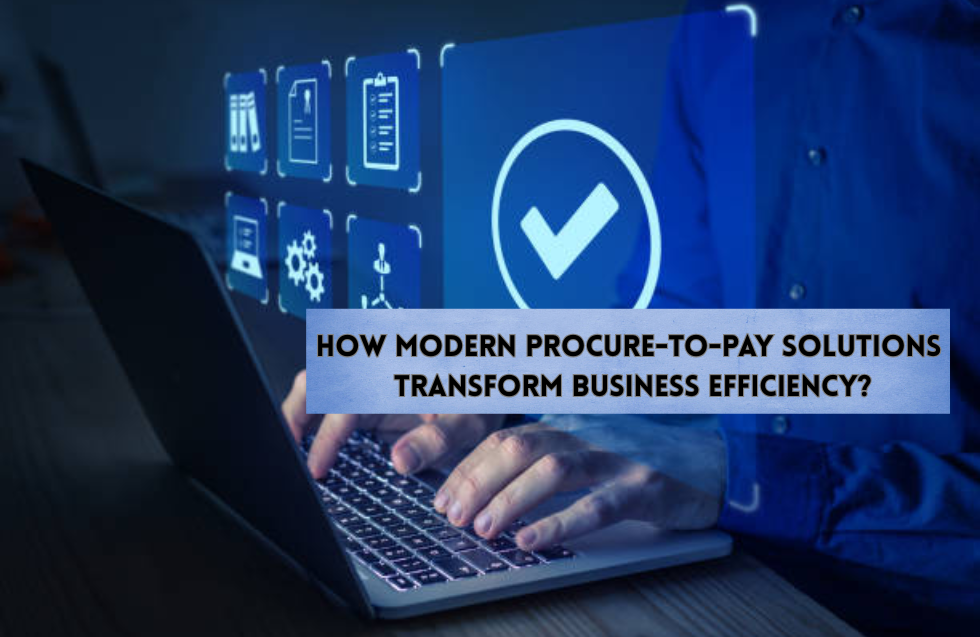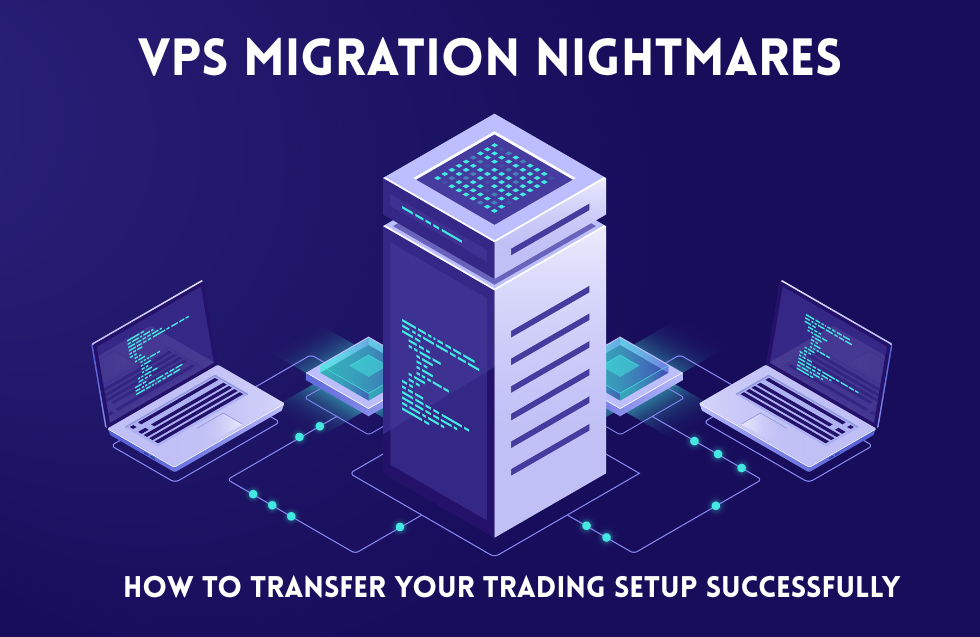Face it – procurement’s not the glamorous side of the business. But it’s one of those backroom functions that, when it breaks, causes everything to grind to a standstill. And boy, does it break in many organizations. Today’s procure-to-pay (P2P) solutions provide a lifeline for companies that are struggling with procurement mayhem. In contrast to the cumbersome systems of the past, today’s P2P platforms turn the entire buying experience – from “I need this” to “it’s been paid for” – into something that finally makes sense.
The Game-Changers: What New P2P Really Changes?
No More “Where the Heck Is My Order?” Syndrome
Recall when you last purchased something online and were unable to follow your package. Annoying, isn’t it?Now imagine that’s every single purchase your company makes. This is exactly where procure to pay solutions make all the difference.
Modern P2P solutions bring Amazon-like visibility to business purchasing. Everyone can see:
- Which manager is sitting on approval requests (accountability, anyone?)
- Whether items have actually been received (no more ghost inventories)
- Which invoices are lined up for payment (and which are past due)
- Who ordered what and when (goodbye, mysterious budget overruns)
Killing the Paper Monster Once and For All
Picture this: An invoice arrives by mail. Someone opens it, walks it to accounting, where it sits in a physical inbox. After manual entry, it gets walked to a manager for approval, then back to accounting for payment scheduling. Meanwhile, three people emailed asking for updates.
Now picture this instead: An electronic invoice arrives, automatically matches to its purchase order and receipt confirmation, routes for digital approval if needed, and schedules payment – all without human intervention.
The Bottom-Line Impact That Makes CFOs Smile
All this efficiency sounds great, but what about the numbers? That’s where things get interesting.
Money Saved Is Profit Earned
The financial upside goes way beyond just processing savings:
- Capturing payment discounts: Many suppliers offer 1-2% for early payment. On a $5M annual spend, that’s up to $100,000 back in your pocket – essentially free money you’re probably missing with manual processes.
- Squashing maverick spending: When employees buy outside approved channels, you miss volume discounts and negotiated pricing. P2P systems typically rein in 30-50% of this off-contract spending – a substantial chunk of change.
- Eliminating costly errors: Paying the same invoice twice? Overpaying due to pricing discrepancies? These costly mistakes virtually disappear with automated validation.
One manufacturing company discovered they’d been paying a supplier based on quoted pricing rather than contracted rates for three years – a $430,000 error caught within weeks of implementing a P2P system. Those aren’t just savings; that’s found money.
Cash Flow Control That Banks Will Envy
Cash flow is the lifeblood of business, and P2P solutions give finance teams unprecedented control over the pulse:
- See exactly what payments are coming due next week, next month, or next quarter
- Time payments strategically instead of “whenever the invoice gets processed.”
- Reduce the surprise factor in accounts payable
- Forecast with confidence based on actual purchase commitments
Risk Reduction That Helps Everyone Sleep Better
Procurement presents actual risks that make compliance officers lose sleep at night:
- Who’s okaying high-priced buys?
- Are we complying with regulatory standards?
- Could someone be committing fraud?
- Are we exposed to supplier conflicts?
P2P solutions bake compliance into the process itself – and not as a bolt-on afterthought or audit exercise. Every action leaves a digital footprint, policies are enforced automatically, and suspicious patterns trigger alerts before they become problems.
Making the Switch Without Capsizing the Ship
Implementing new technology isn’t always smooth sailing. Here’s the real talk about what it takes:
Your Team Might Hate Change (At First)
Let’s be honest – humans resist change, especially when it disrupts comfortable routines. The most successful P2P implementations recognize this reality and plan for it:
- Involve actual users in selecting the solution (not just IT and Finance)
- Communicate the “why” behind the change, not just the “what” and “when”
- Provide role-specific training that shows people “what’s in it for me.”
- Find and cultivate internal champions who can help peers over the hump
One healthcare organization made their most vocal skeptic the project lead – his conversion from critic to advocate brought the whole team along.
Your Systems Need to Play Nice Together
P2P solutions don’t exist in a vacuum. They need to coexist with:
- ERP systems that might be older than some of your employees
- Accounting software with its own quirky requirements
- Banking platforms with specific file formats
- Supplier systems that range from sophisticated to Stone Age
Skip this integration planning, and you’ll end up with a shiny new system that creates as many problems as it solves.
From Necessary Evil to Strategic Advantage
The procurement function is undergoing a reputation makeover in forward-thinking organizations. Once viewed as administrative paper-pushers, procurement teams equipped with modern P2P solutions are becoming strategic advisors who help the business spend smarter.
By eliminating the drudgery of manual processes, providing actionable spending insights, and controlling the flow of cash, these solutions transform procurement from cost center to value driver.












